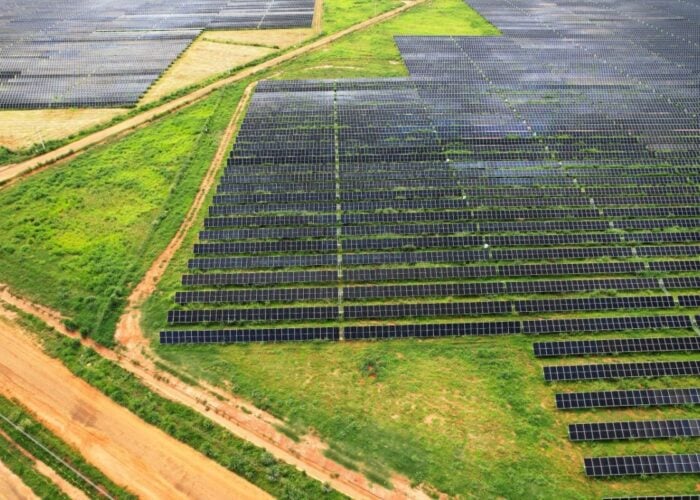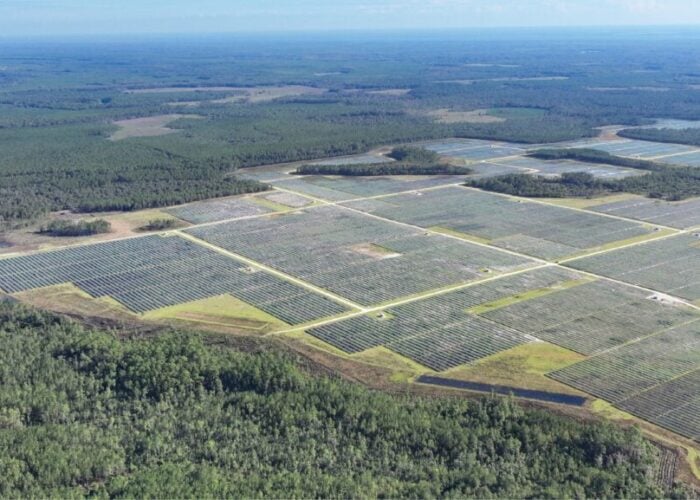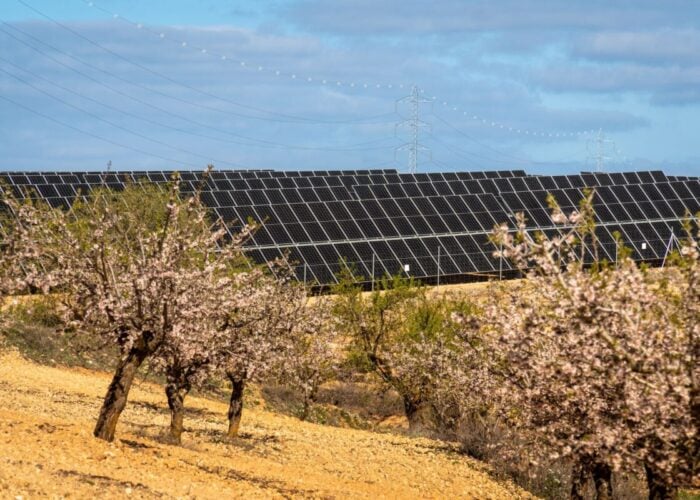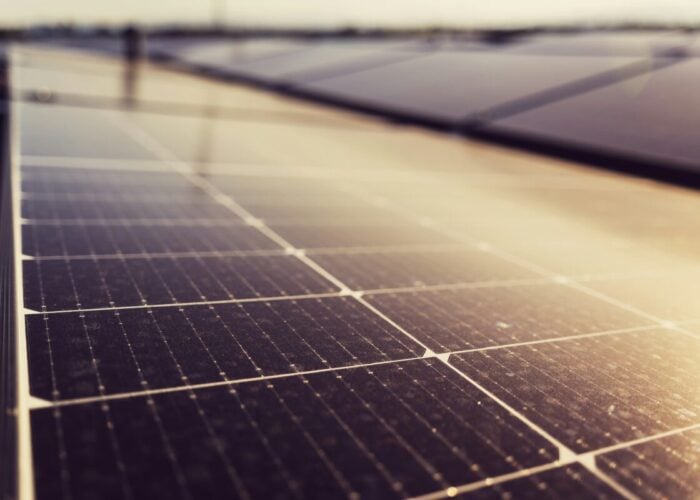Professor Stuart Wenham of the University of New South Wales (UNSW) is leading a new PV cell processing initiative with many of the largest Asia-based cell manufacturers in a programme that is expected to improve silicon quality and cell performance.
Speaking exclusively with PV Tech during EU PVSEC in Paris last week, Wenham said that most of the largest cell manufacturers in China, Taiwan, Korea and Singapore would collaborate with UNSW on a hydrogen passivation process with modified production equipment intended to boost silicon quality and potential boost cell efficiencies at low cost.
Try Premium for just $1
- Full premium access for the first month at only $1
- Converts to an annual rate after 30 days unless cancelled
- Cancel anytime during the trial period
Premium Benefits
- Expert industry analysis and interviews
- Digital access to PV Tech Power journal
- Exclusive event discounts
Or get the full Premium subscription right away
Or continue reading this article for free
“We have a technology at UNSW, which we have been developing for quite a few years and it has been the type of technology that we have been able to fairly simply demonstrate to most of the largest cell manufacturers across Asia,” he said. “They have really liked the demonstration and have been willing to now team up together to fund our work at UNSW and be our industry partners to do the ongoing development and implementation of this technology.”
Unlike previous partnerships and subsequent IP licensing of an entire cell design, Wenham said: “This isn’t an entire cell technology, it is simply a process to improve the quality of the silicon and it’s something that looks like it’s probably applicable to whatever type of solar cell that anybody is making.
“Consequently when we offered to do demonstrations for all the cell manufacturers, regardless of what their technology was or regardless of what type of silicon wafer they were doing, in every case we were able to demonstrate to them that we were able to substantially improve the quality of their silicon material.”
Hydrogen passivation process
Although hydrogen passivation is well known in the PV industry, Wenham said that recent research undertaken at UNSW has highlighted how poor that knowledge was and that the process could have significant benefits with a very low if any cost impact.
“So for us it’s all about controlling the charge state of the hydrogen when it’s inside the silicon and if we can control that charge state then we can increase the mobility of the hydrogen by many orders of magnitude and increase its reactivity that enables it more effectively to passivate any defects or recombination sites within the silicon. And so it’s something applicable to everyone working with silicon that can be implemented at basically no additional cost,” noted Professor Wenham.
Collaborative R&D
Around 10 large cell manufacturers have signed up to the R&D programme in the sort of joint venture that is common in the semiconductor industry but not well employed yet in the PV industry.
However, Wenham was quick to highlight that the project would not be entirely Asian-based as key equipment suppliers from Europe, including the likes of Meyer Berger and Schmid Group, were donating tools to the project that would be modified by them for the optimisation of the hydrogen passivation technique.
Ultimately, the tool vendors would offer commercial high-volume tools specifically designed for hydrogen passivation, he said.
“You can look upon this as getting more effective outcome from your dollar for R&D. I suppose when you look at it the actual contribution each of the companies will need to make will only be about 5% of the actual research budget for this project. So we will have something like about 10 companies, each contributing 5% and the government via ARENA will be matching that dollar for dollar.”
With the recent industry tough times manufacturers are more interested in this kind of collaboration and due to variability in cell designs and processes used manufacturers can gain differentiation, though the common process platform would remain the same.
Timelines
Unlike a typical university-led next-generation technology, initial implementation of the new process is being fast tracked.
“We are expecting it to have an impact pretty much immediately just on existing silicon technologies as it’s something we can slot right in there at the end of processing of existing cells. But I think to get the full potential of it there will need to be some evolution in cell design, which our industry partners will be working with us on and by evolutionary processes and improving the cell design they will be able to definitely capitalise on the improvements in the silicon quality that this technology can offer,” Wenham concluded.






